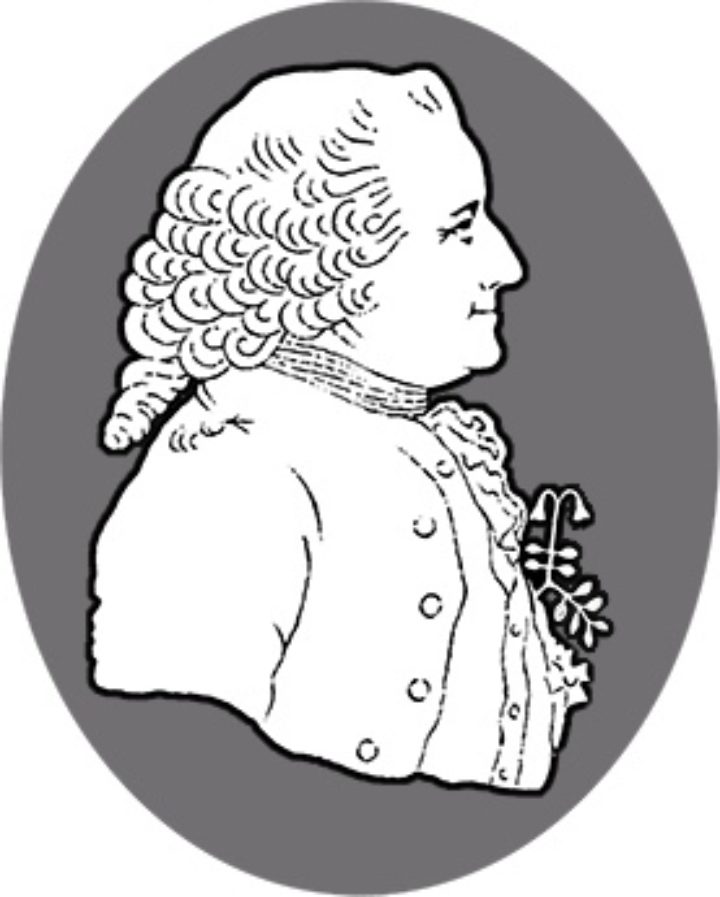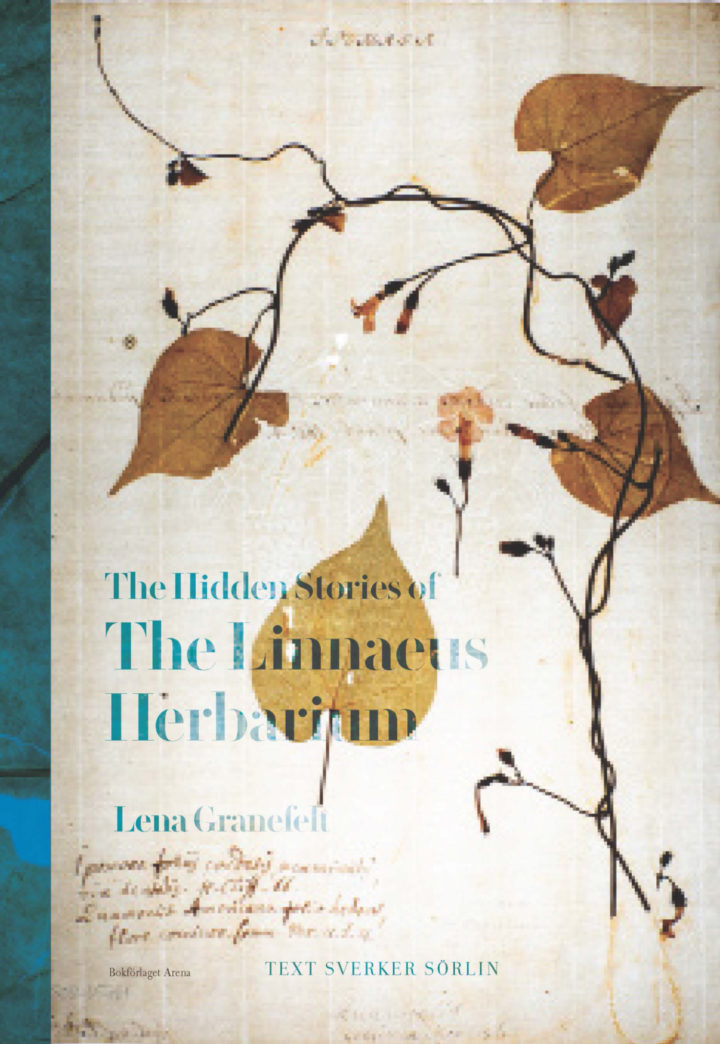The Year's Work in Linnaean Studies 2025
Our Librarian Will Beharrell reflects on a diverse twelve months in Linnaean-interest publication and scholarship
2025 was an eventful year for the Linnaeus Link network. June 30 finally saw the closure of the redoubtable Linnaeus Link Union Catalogue (LLUC), which for over 20 years provided a searchable database of Linnaean and Linnaean-interest scholarly works, as well as continuing the legacy of the pre-eminent Linnaean bibliographer and collector, Basil Soulsby. We were sorry to see the end of the catalogue, but its closure does present an opportunity to examine the Linnaeus Link project afresh, and explore new ways to collaborate with our partners, and engage the wider community.
One of the new approaches suggested is this brief digest of recent publications and scholarship concerning Carl Linnaeus, his life, work, associates, and intellectual and cultural milieu. We have styled it “the year’s work in Linnaean studies”, but despite the title it makes no claims to exhaustiveness. Rather, we hope to tease out particular highlights in the field, and present them in a concise way to appeal to both the lay-person and the specialist.
As always, we take the continuation of Soulsby’s bibliography as our organising principle, and so each of the selected works is presented with its post-Soulsby number, as well as its details of publication.
Köksträdgården (Hortus Culinaris)

The Swedish Linnaeus Society (Svenska Linnésällskapet) continues its invaluable project of commissioning translations of Linnaeus’ lesser known tracts, theses, and other works from Latin into vernacular Swedish. This latest title is a 1764 dissertation by Jonas Tenborg and supervised by Linnaeus. Its 36 pages tackle the ever-engaging problems and practicalities of kitchen and vegetable gardens. As always, the Swedish Linnaeus Society provide helpful scholarly apparatus in the form of an introduction, biographical notes, and commentary by Ingvar Svanberg and Erik Hamberg.
Linné, Carl von, 1707-1778. Köksträdgården (Hortus culinaris): akademisk avhandling under Linnés presidium 1764 / översatt från latinet av Leif Feltenius ; med kommentarer och biografiska noteringar av Ingvar Svanberg och Erik Hamberg. Uppsala : Svenska Linnésällskapet, [2025].
Post-Soulsby number 4980.
Peter Artedi: Reformer of 18th Century Zoology. Volume II, Ichthyologia, Leiden 1738

Peter Artedi was Linnaeus’s great friend in his early days as a student and demonstrator in Uppsala. A close collaborator, the two men resolved to publish each other’s works in the event of an untimely end: a grim pact that Linnaeus was compelled to honour when Artedi tragically drowned in Amsterdam in 1735, aged 30.
Han Aili and Ted Pietsch structure their account of Artedi’s contribution to natural history in two parts. A previous volume, assembling all that is known of his life and work, with contributions from a number of scholars, was published last year. Now, a second volume provides a complete English translation of Artedi’s magnum opus on fish, published posthumously by Linnaeus in 1738 under the title Ichthyologia sive opera omnia de piscibus. A helpful introduction, and notes on the text and translation, are provided by Pietsch and Aili respectively. All told, these companion volumes offer a definitive account of the “father of ichthyology”, and an important figure in Linnaeus’s formative years. They are likely to prove essential reading for scholars of 18th century science.
Aili, Hans, ed, and Theodore W. Pietsch (eds). Peter Artedi : Reformer of 18th Century Zoology. Volume II, Ichthyologia, Leiden 1738. Acta Universitatis Stockholmiensis: Studia Latina Stockholmiensia, no. 65. Stockholm: Stockholm University Press, 2025.
Post-Soulsby number 4982.
The Hidden Histories of the Linnaean Herbarium

Not all responses to Linnaeus’s life and work are academic monographs, and we attempt to reflect this diversity of output in the scope of the post-Soulsby bibliography. In this beautiful art book, photographer Lena Granefelt documents Linnaean herbarium sheets held by two institutions: the Swedish Museum of Natural History in Stockholm, and the Linnean Society of London. Through clever use of a backlight, Granefelt reveals previously hard-to-see details in these historic objects, including imperfections, watermarks, notes, enclosed seeds, and subtle changes in coloration. Accompanying commentary is provided by Sverker Sörlin, a Swedish academic and historian of the history of ideas and the environment. Beautiful and beguiling, Granefelt’s work shines a literal “new light” on the specimen material that underpinned Linnaeus’s work.
Granefelt, Lena. The Hidden Stories of The Linnaean Herbarium. Malmö: Bokförlaget Arena, 2025.
Post-Soulsby number 4983.
What have we missed?
We hope this little digest has been enjoyable, but it is by no means complete. Work on the life and times of Linnaeus continues, and we would love to hear of fresh publications in this field to share in the future.
If you have a suggestion for a new work to be included in the post-Soulsby bibliography, or future instalments of this digest, please contact the Linnaeus Link Project administrators by emailing library@linnean.org.
A copy of the current post-Soulsby bibliography can be accessed online.
